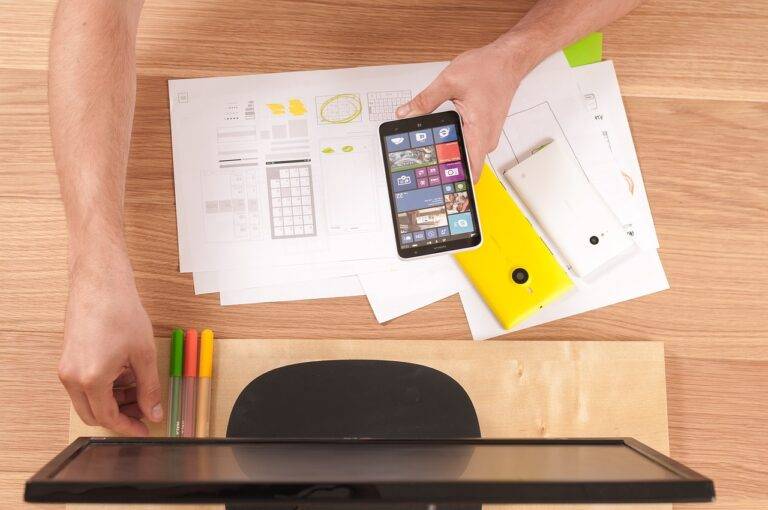The Impact of Tech on Work-Life Balance and Mental Health
Work-life balance has been a prevalent topic in the modern workforce, but its roots can be traced back to the industrial revolution. During this time, long working hours in factories led to immense societal changes. The concept of balancing work and personal life began to gain attention as workers fought for limited work hours and better conditions.
As we progressed into the 20th century, the focus on work-life balance intensified. With the rise of labor unions and the feminist movement, there were increased efforts to establish boundaries between work and personal life. Legislation such as the Fair Labor Standards Act in the United States aimed to regulate work hours and overtime pay, laying the foundation for a more structured approach to work-life balance.
The Rise of Technology in the Workplace
The integration of technology in the workplace has revolutionized the way we work, providing new tools and resources to enhance efficiency and productivity. From advanced software applications to digital communication platforms, technology has streamlined processes and communication, allowing employees to work more effectively and collaboratively than ever before. Moreover, the ability to work remotely through technology has provided flexibility for many employees, enabling them to achieve a better work-life balance.
However, the rapid advancement of technology in the workplace has also raised concerns about potential negative impacts. The constant connectivity and expectation for immediate responses can lead to blurred boundaries between work and personal life, causing stress and burnout among employees. Additionally, the sedentary nature of many technology-based jobs can contribute to decreased physical activity and overall well-being. In order to address these challenges, employers need to prioritize creating policies and initiatives that promote a healthy work-life balance in the digital age.
The Connection Between Technology and Mental Health
As technology continues to pervade every aspect of our lives, its impact on mental health is becoming increasingly evident. The constant connectivity and instant access to information that technology provides can lead to feelings of being overwhelmed and constantly “plugged in.” This can result in heightened stress levels and difficulty in switching off from work-related tasks, blurring the line between personal and professional life.
Moreover, the rise of social media platforms has introduced a new set of challenges to mental well-being. The curated versions of people’s lives presented on social media can contribute to feelings of inadequacy, anxiety, and comparison. The constant exposure to unrealistic standards and the pressure to keep up with the digital highlight reel of others can take a toll on mental health, leading to a decrease in self-esteem and an increase in feelings of isolation.
How has work-life balance evolved over time?
Work-life balance has evolved from a strictly defined separation between work and personal life to a more integrated approach that promotes overall well-being and flexibility.
How has technology impacted the workplace?
Technology has revolutionized the workplace by increasing efficiency, connectivity, and flexibility. It has also blurred the lines between work and personal life.
What is the connection between technology and mental health?
The constant use of technology, such as smartphones and laptops, can lead to feelings of overwhelm, burnout, and anxiety. It can also contribute to a lack of boundaries between work and personal life, leading to increased stress and mental health issues.





